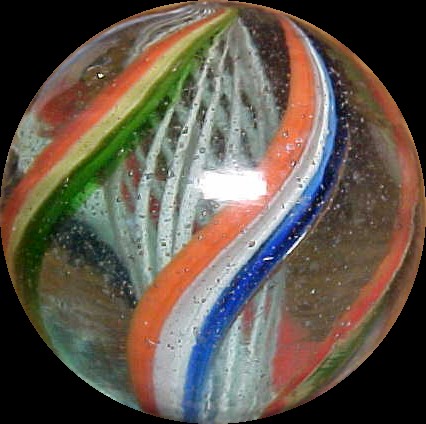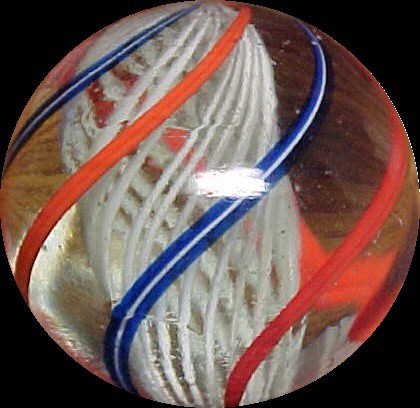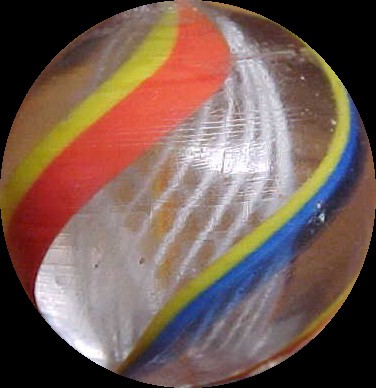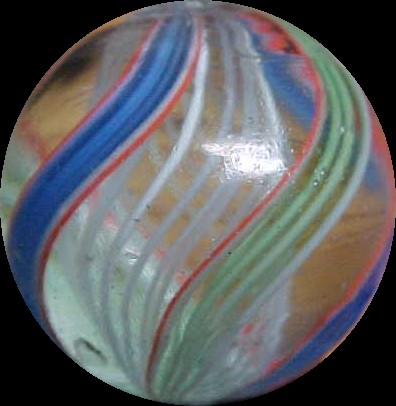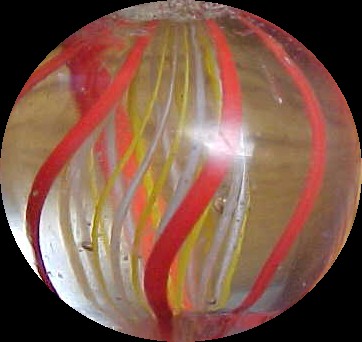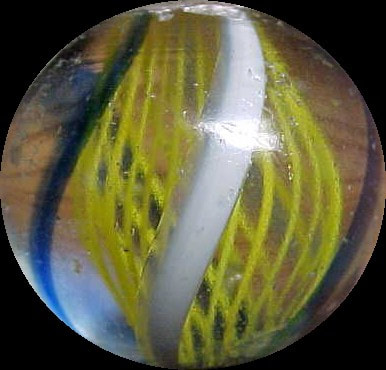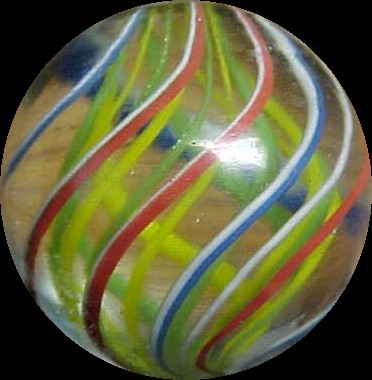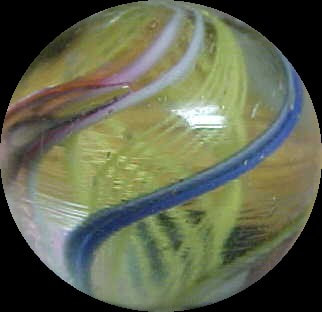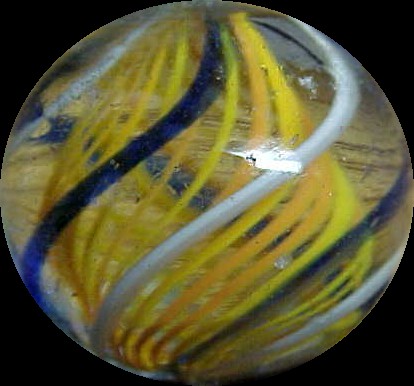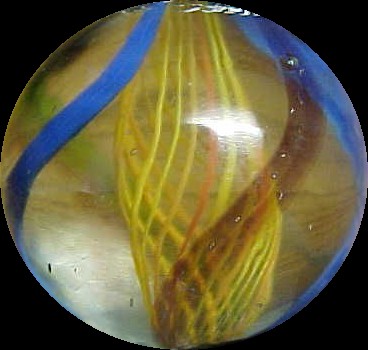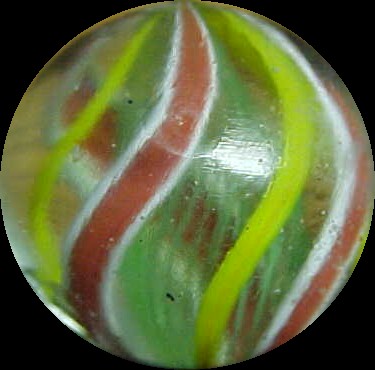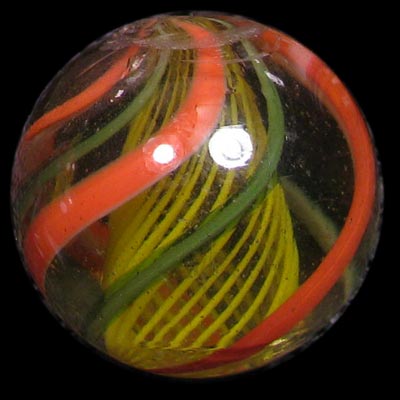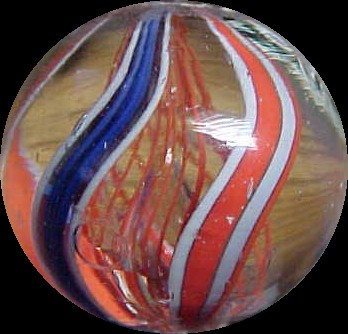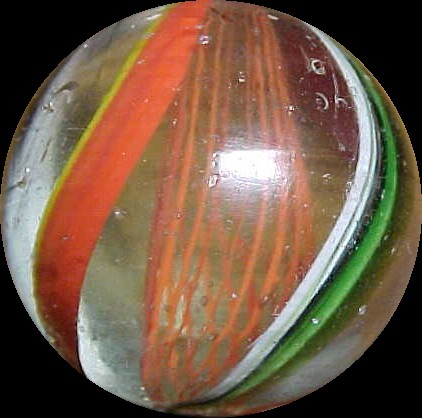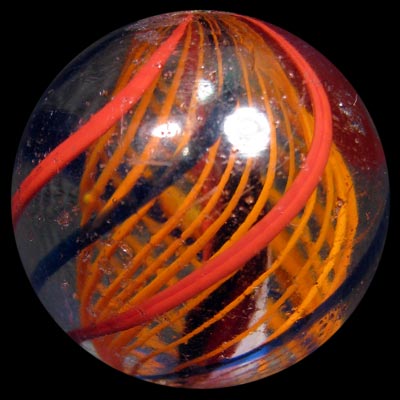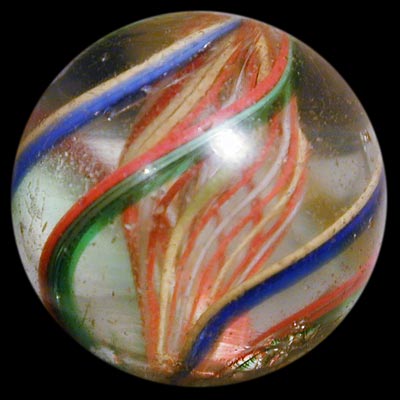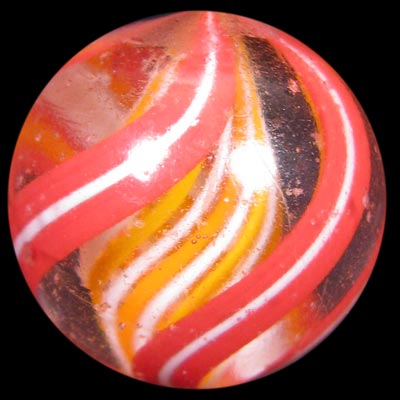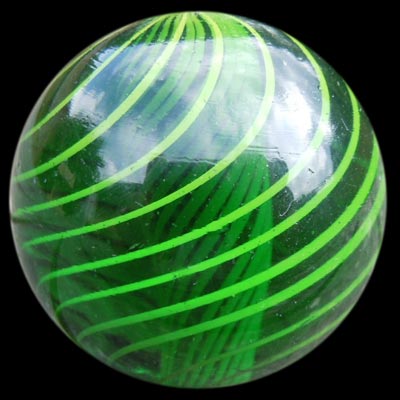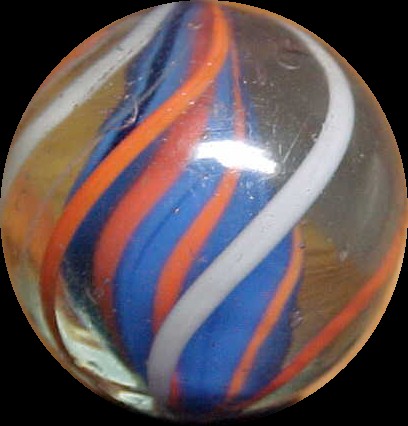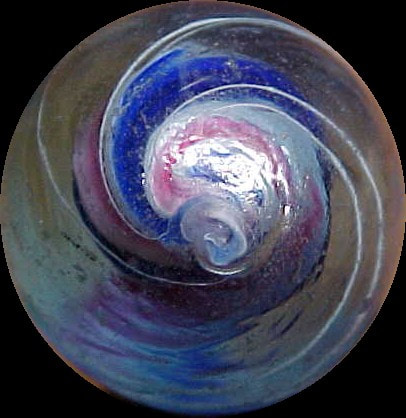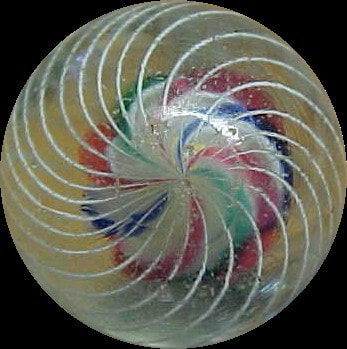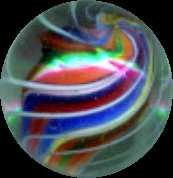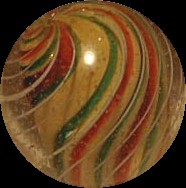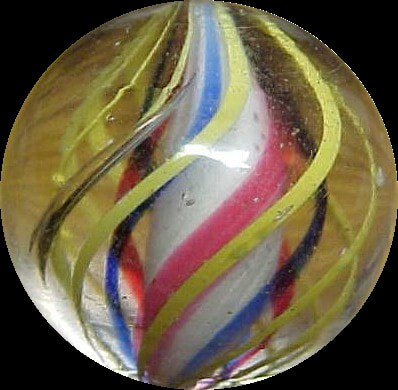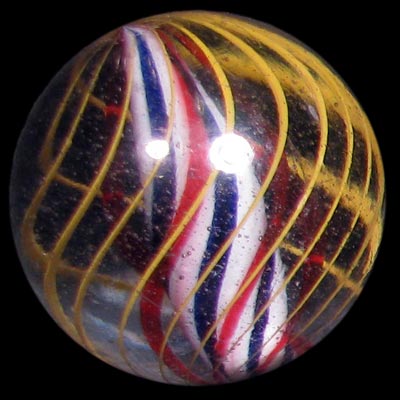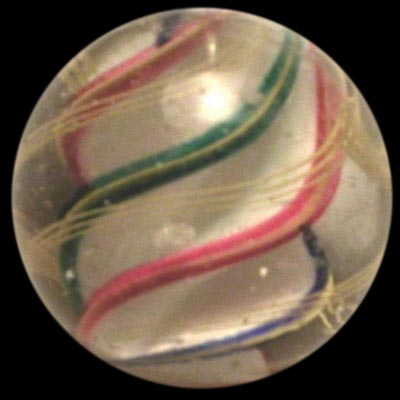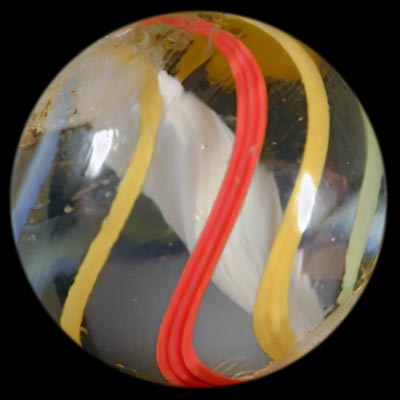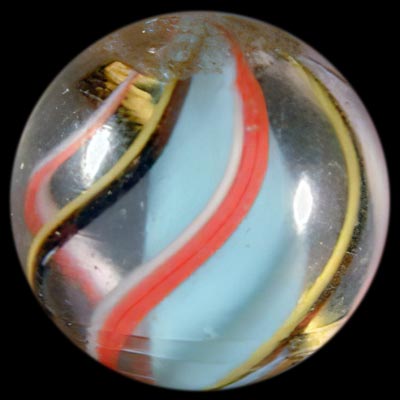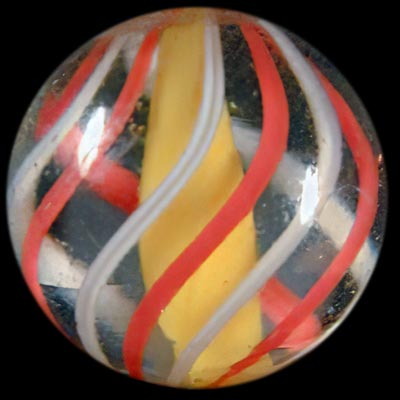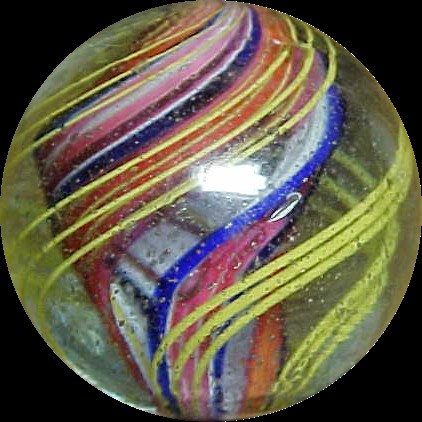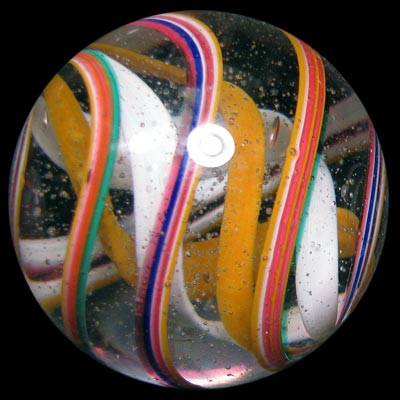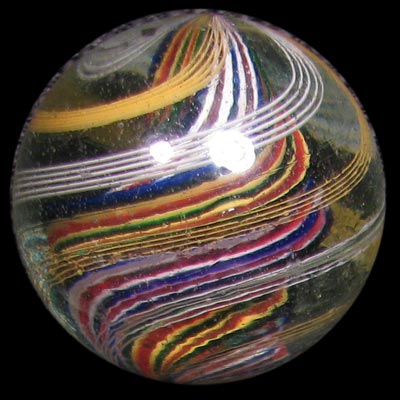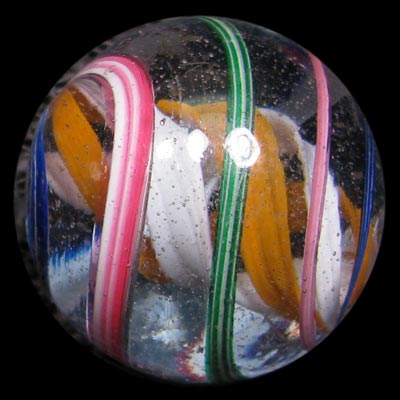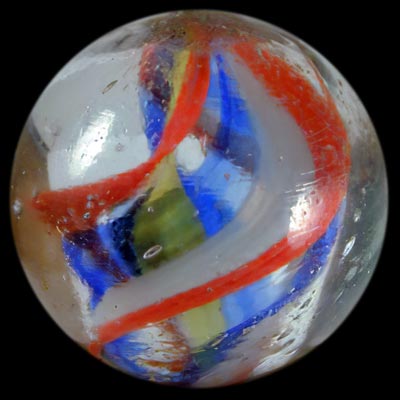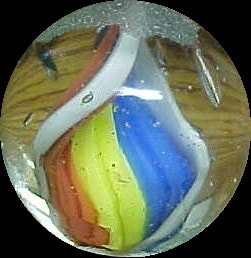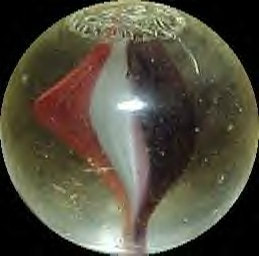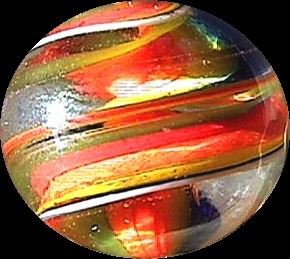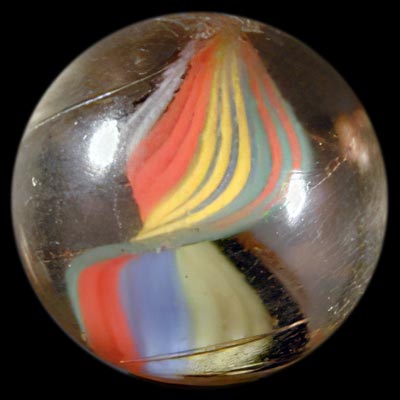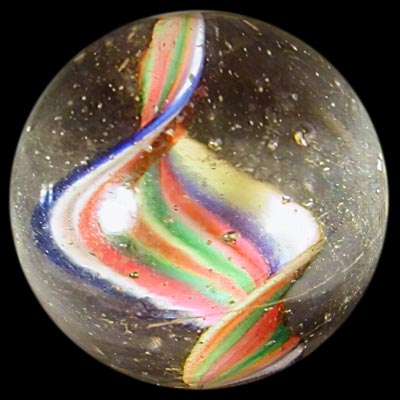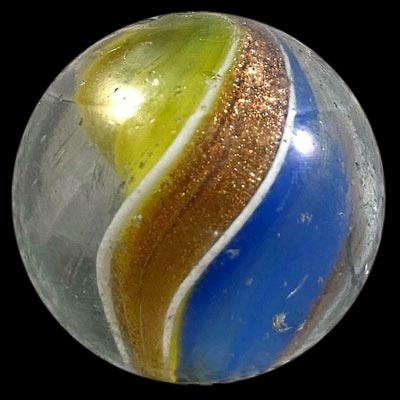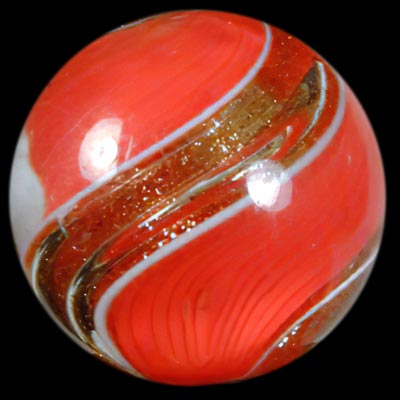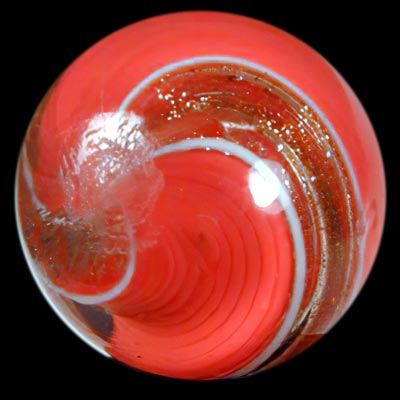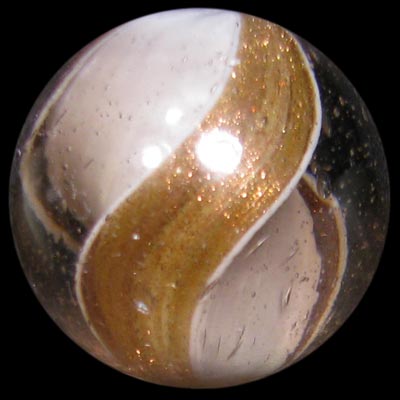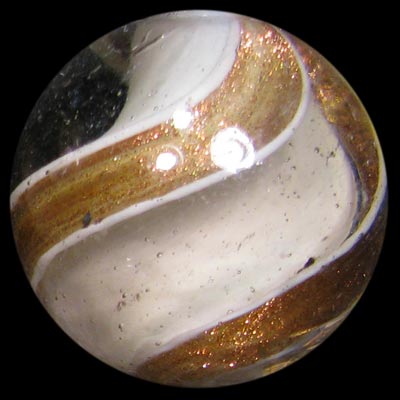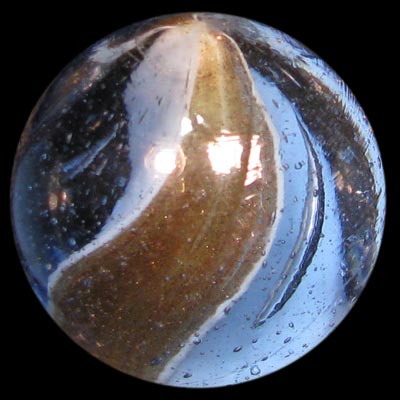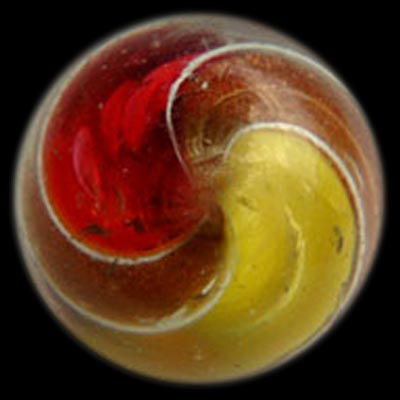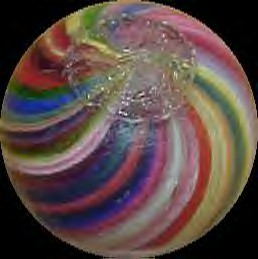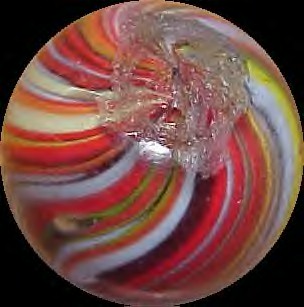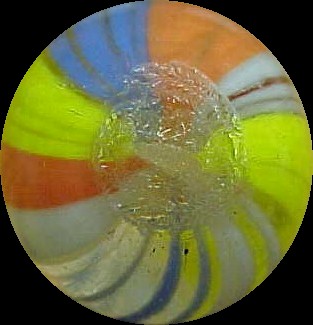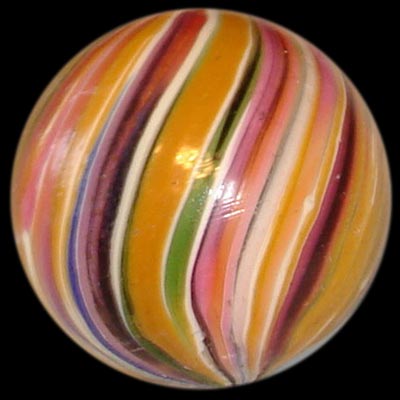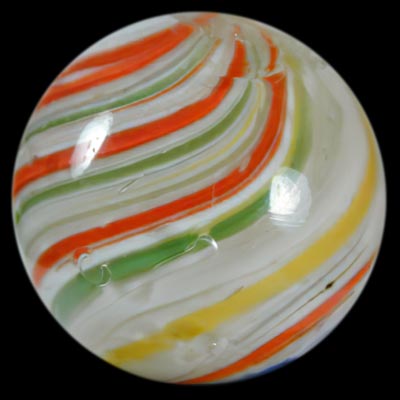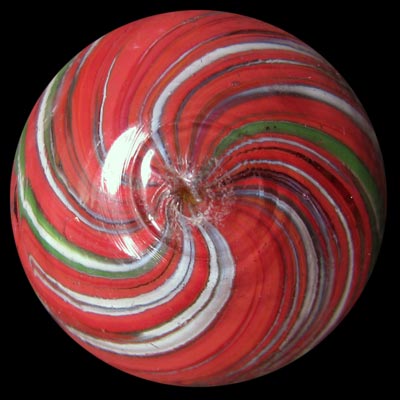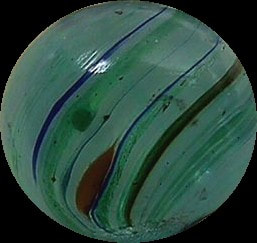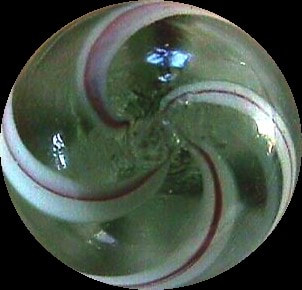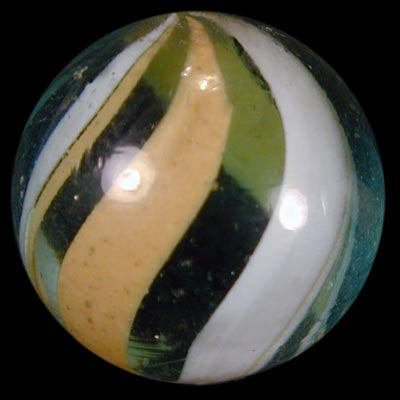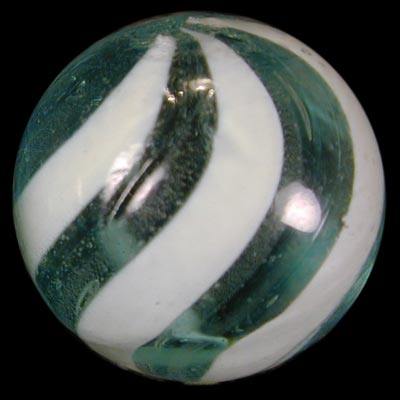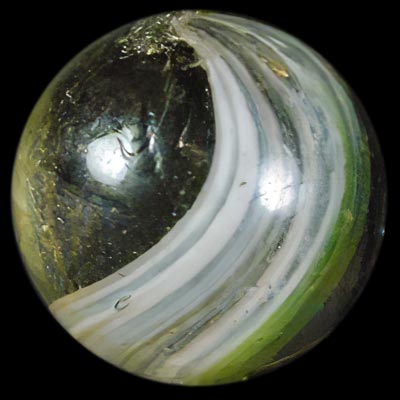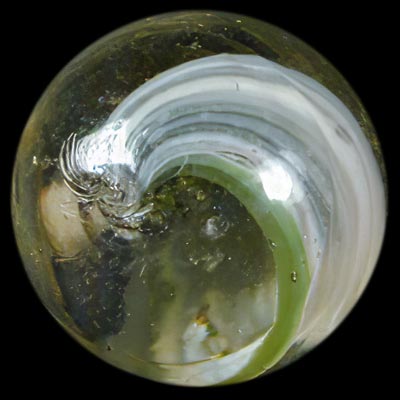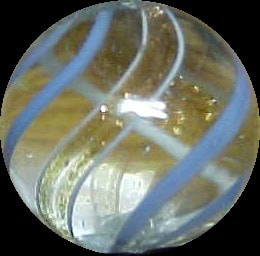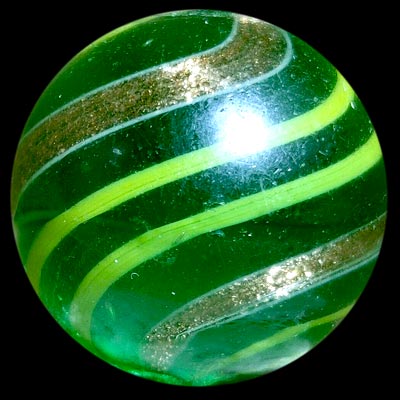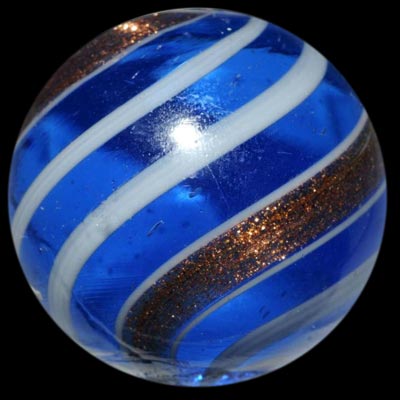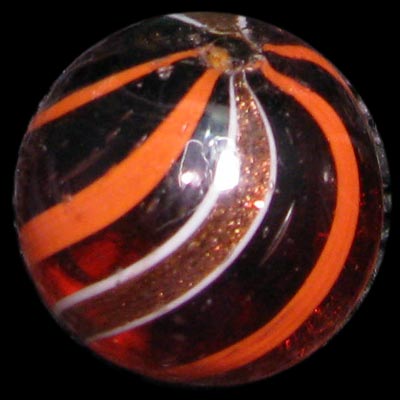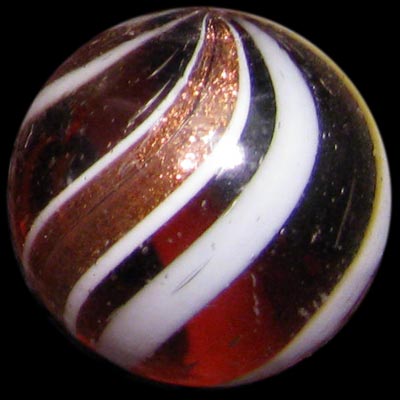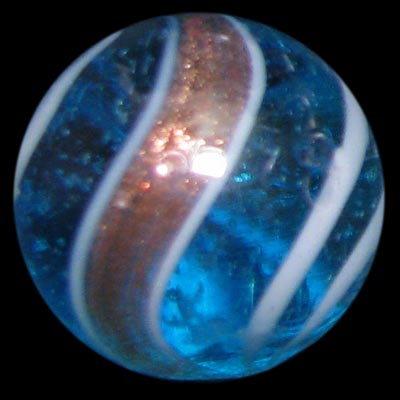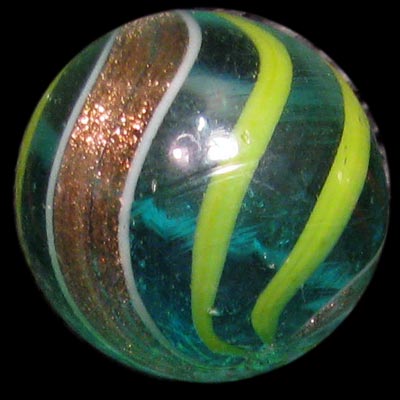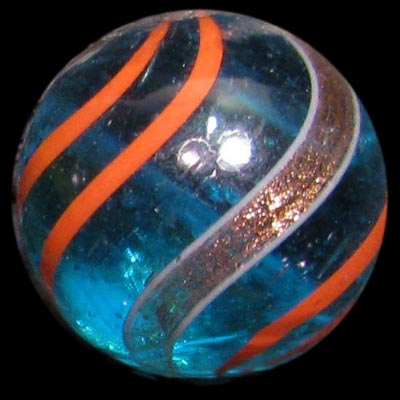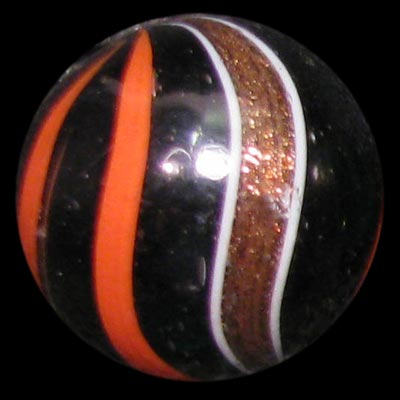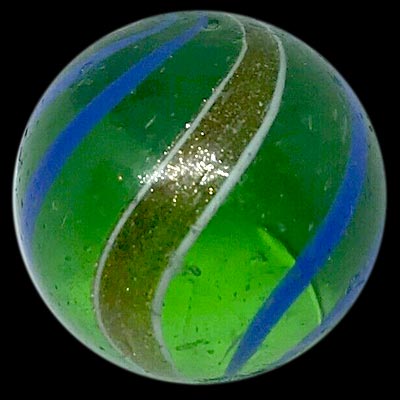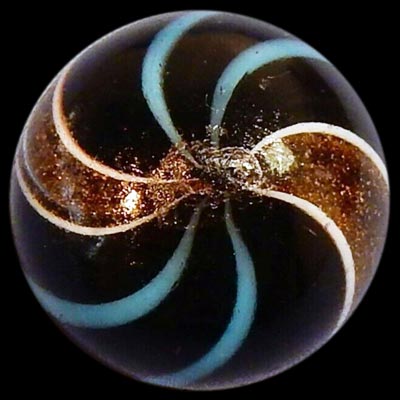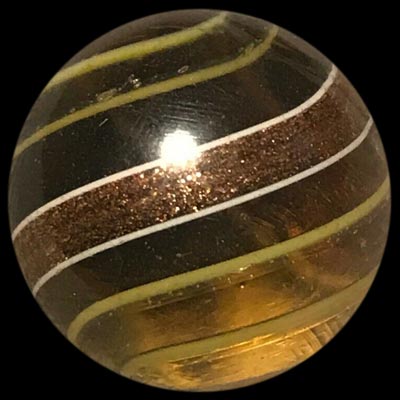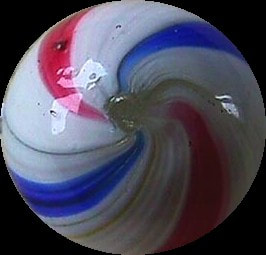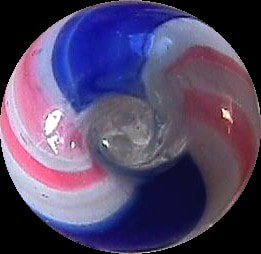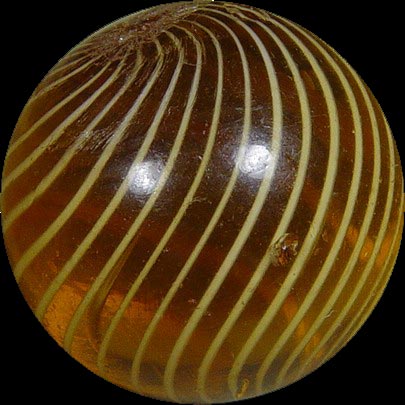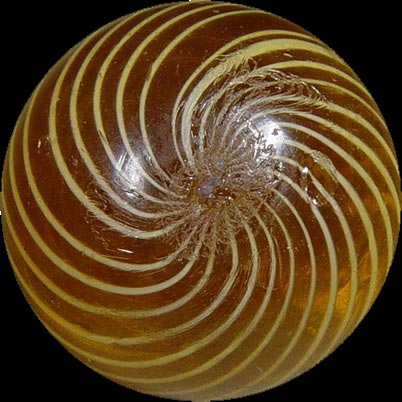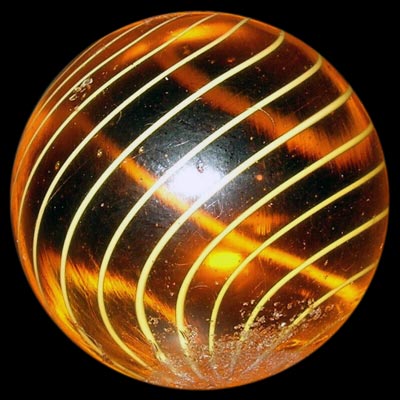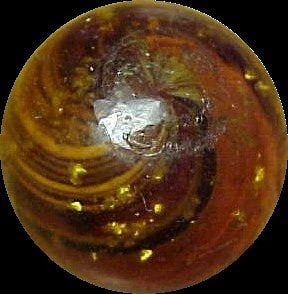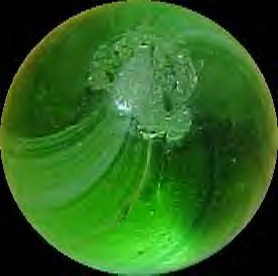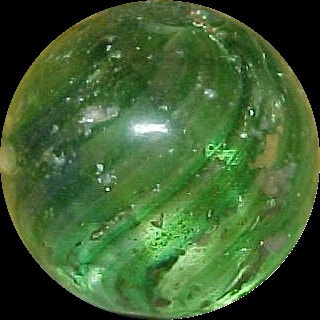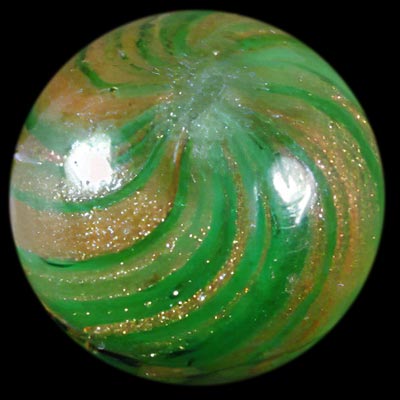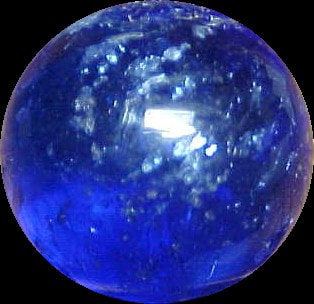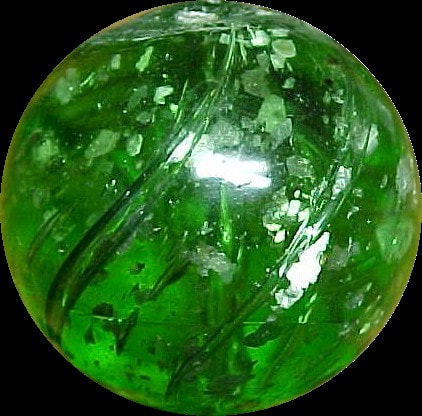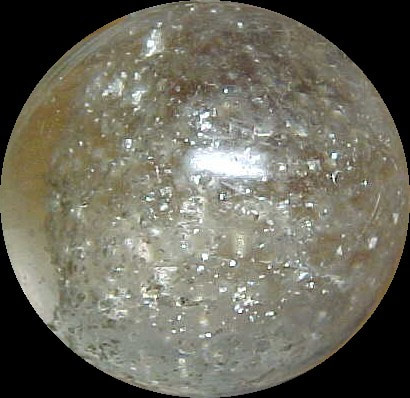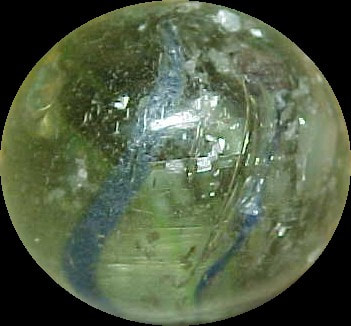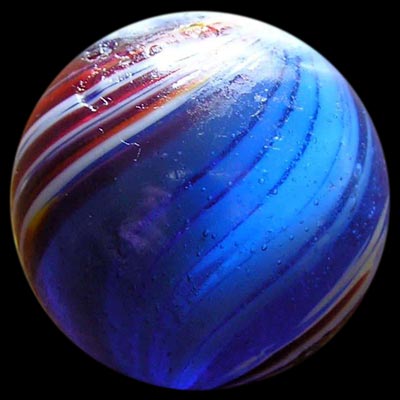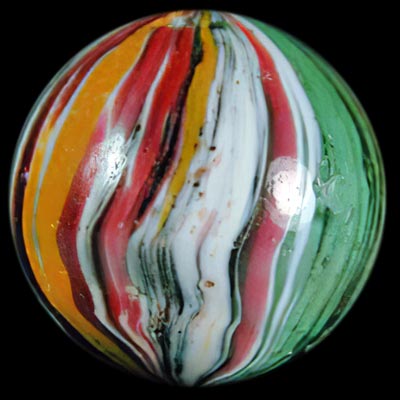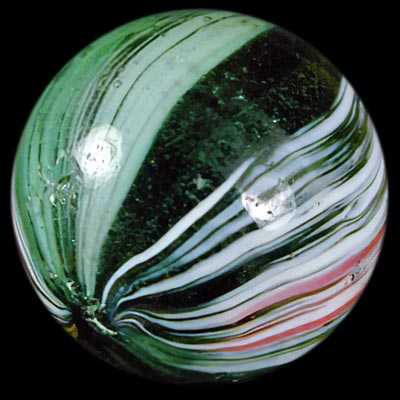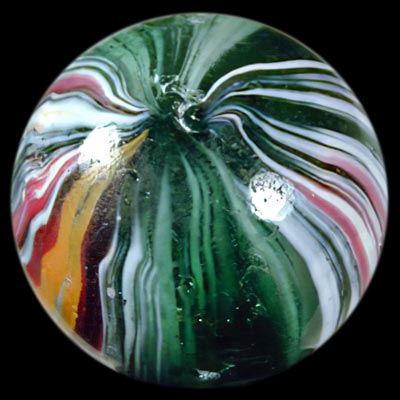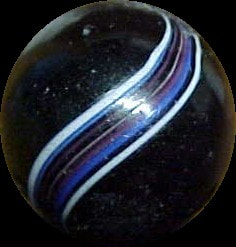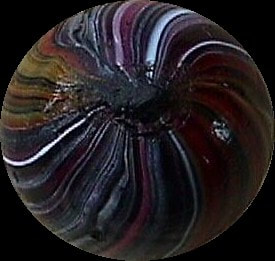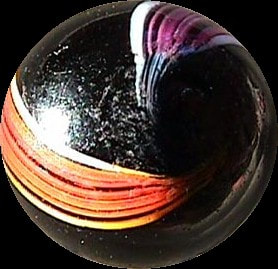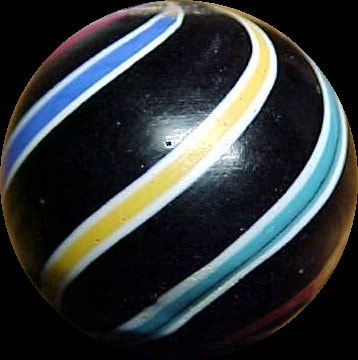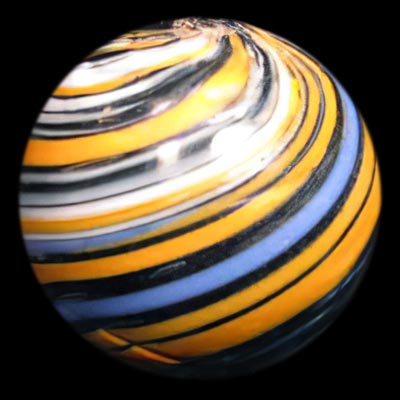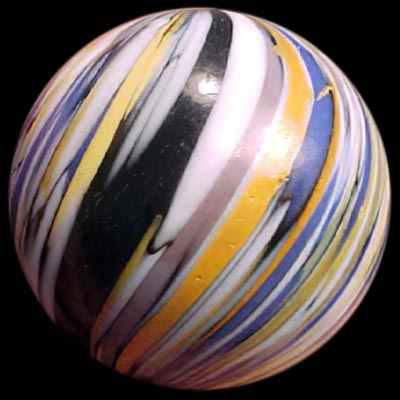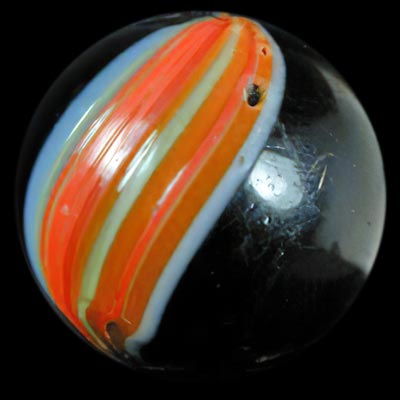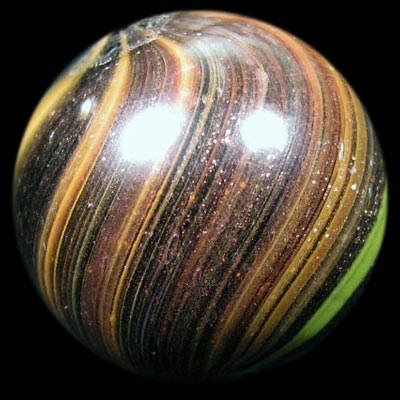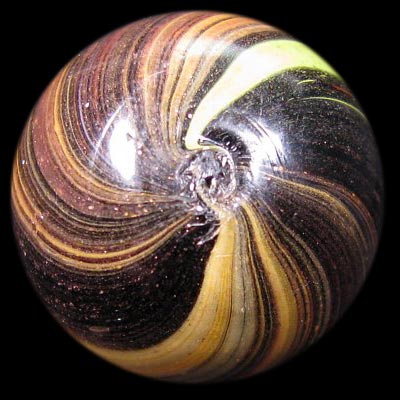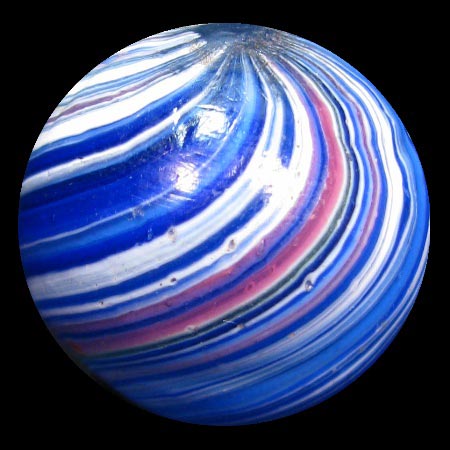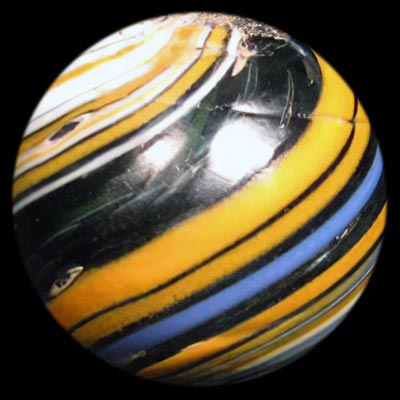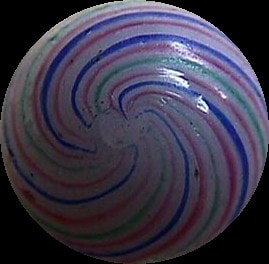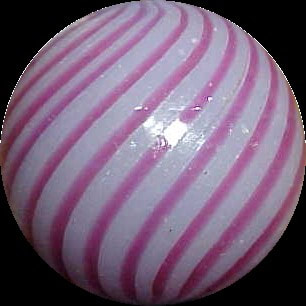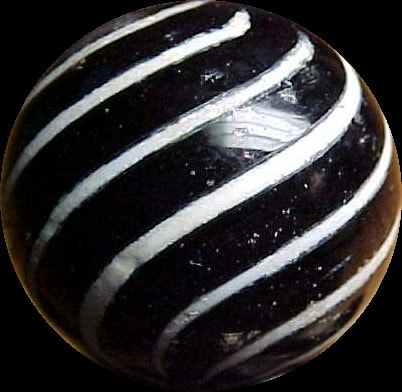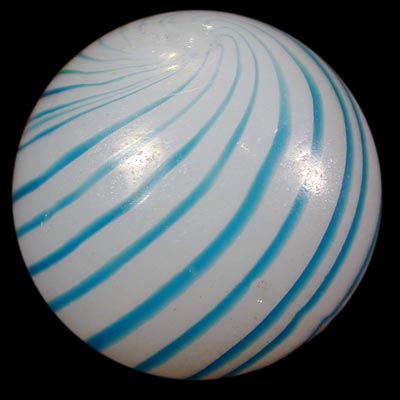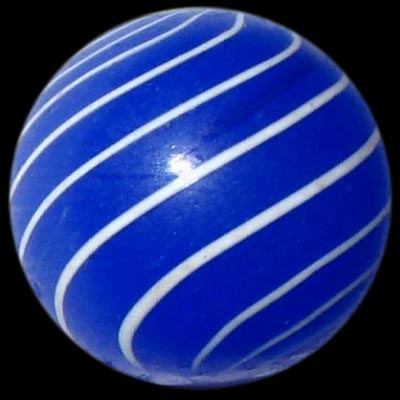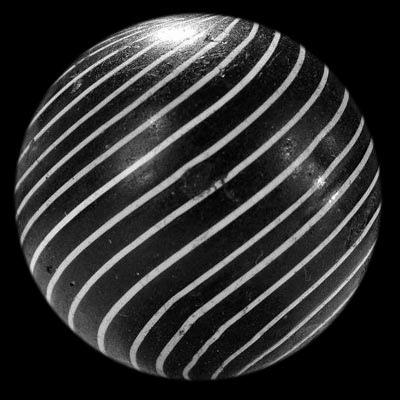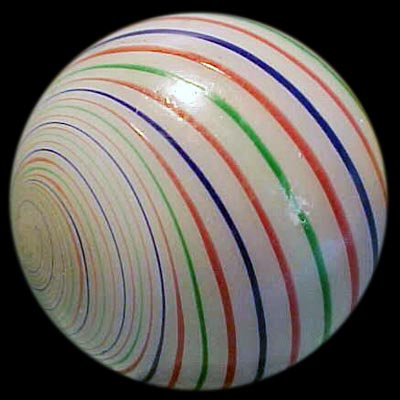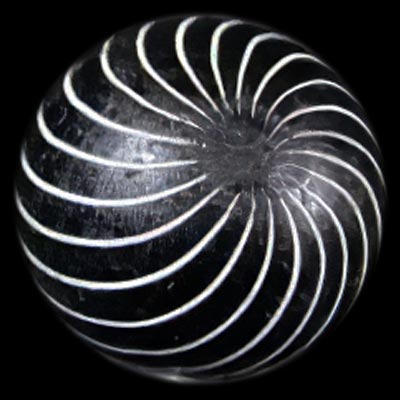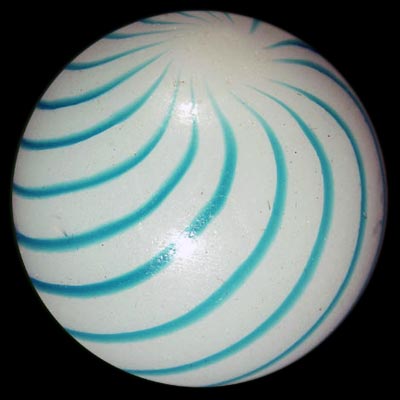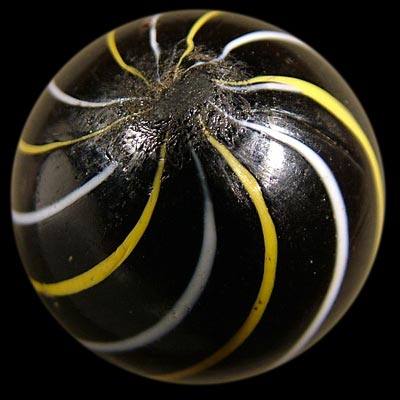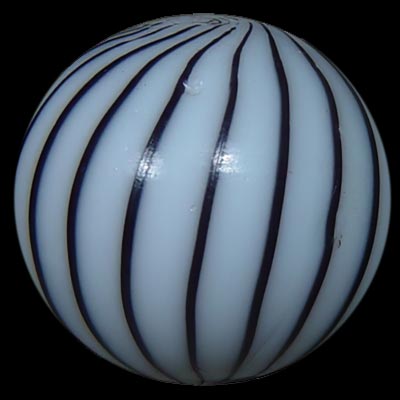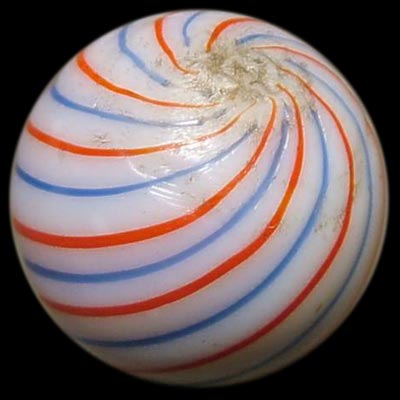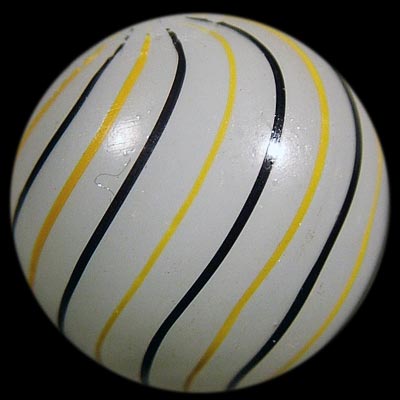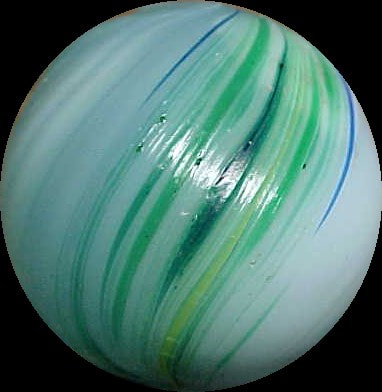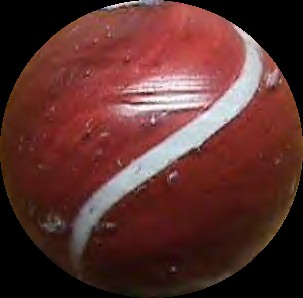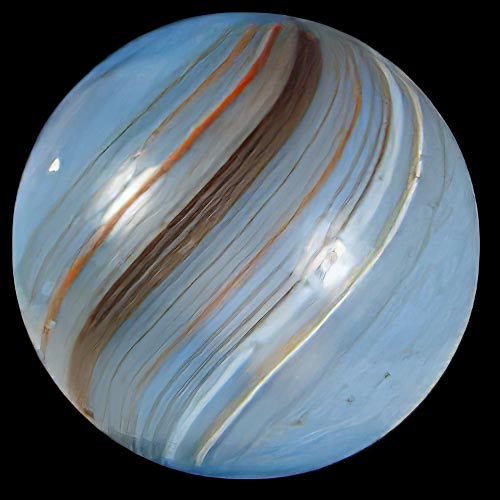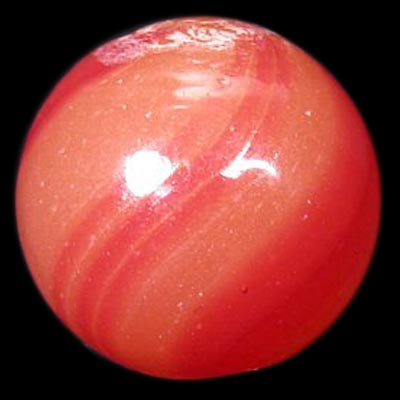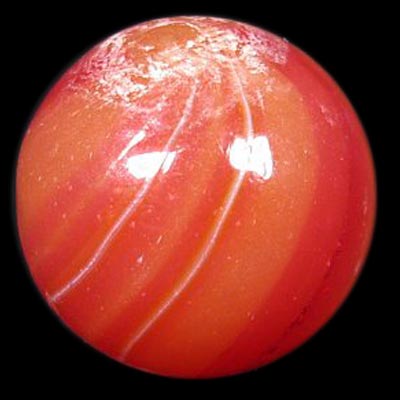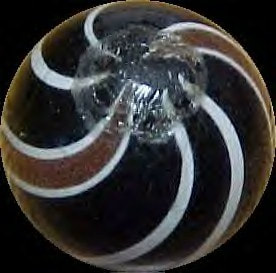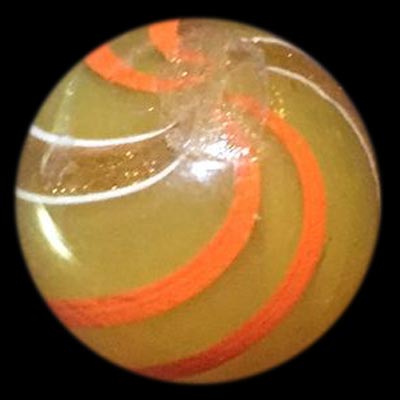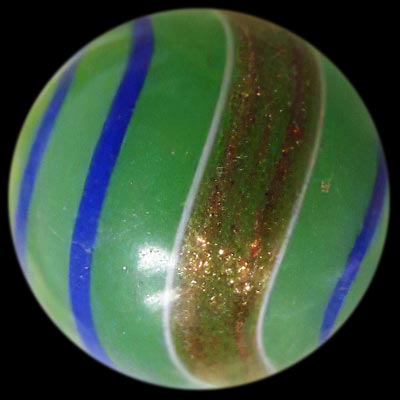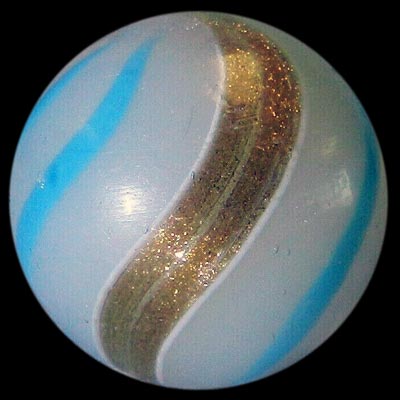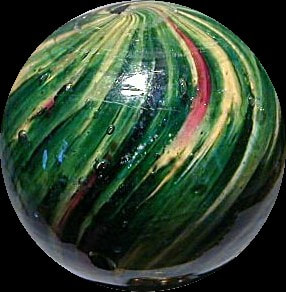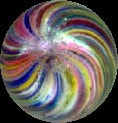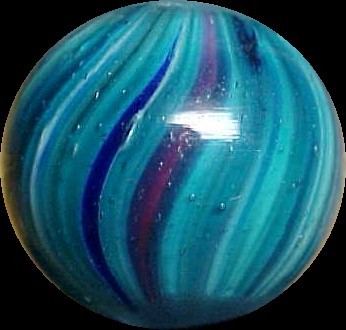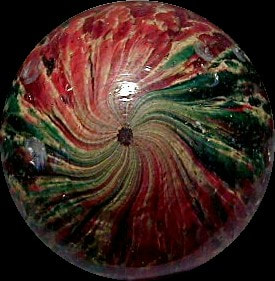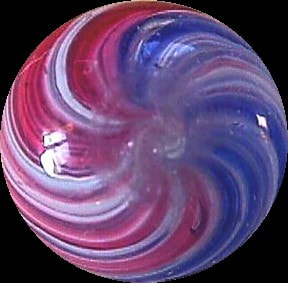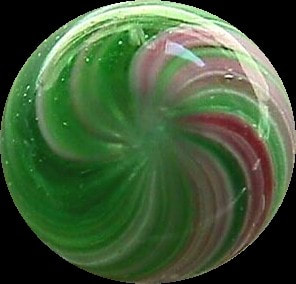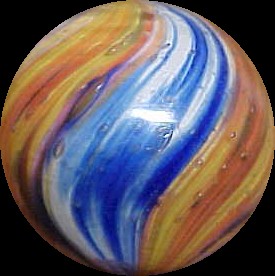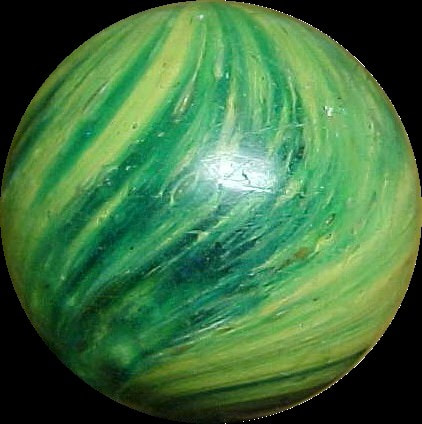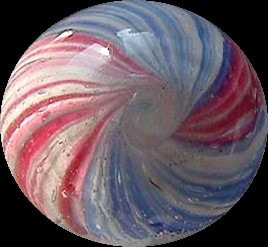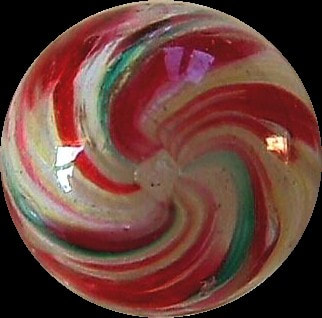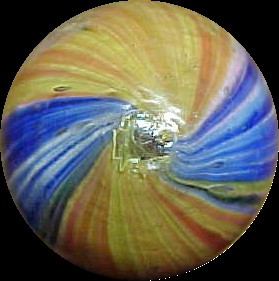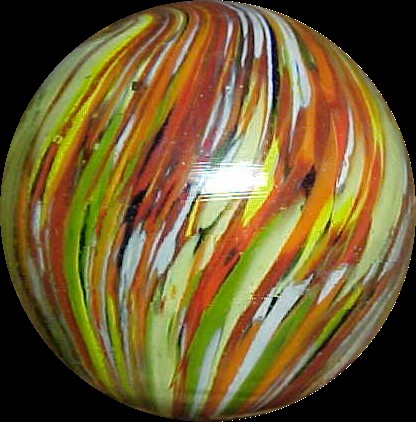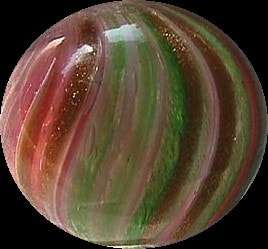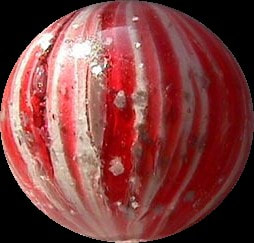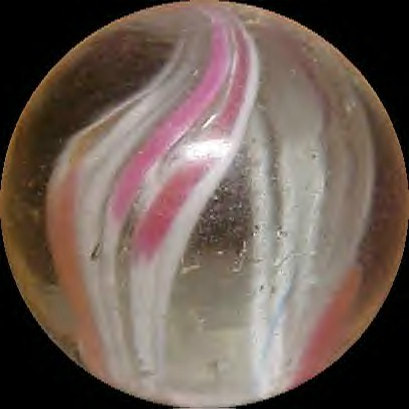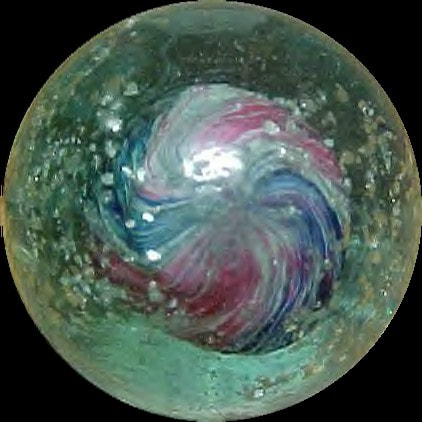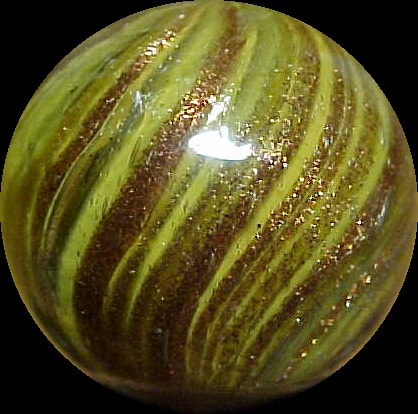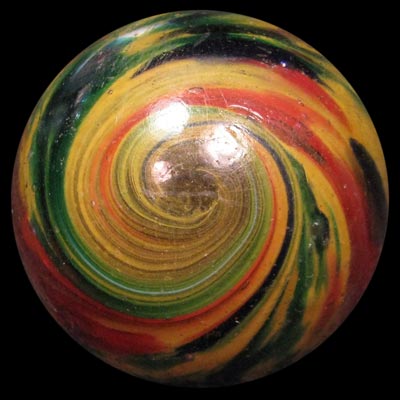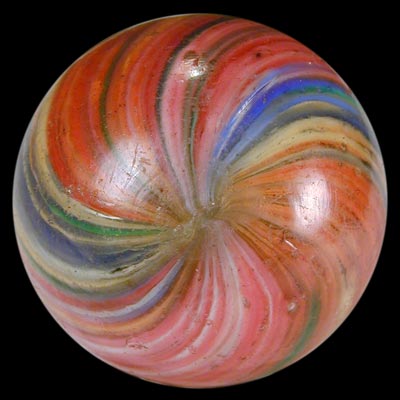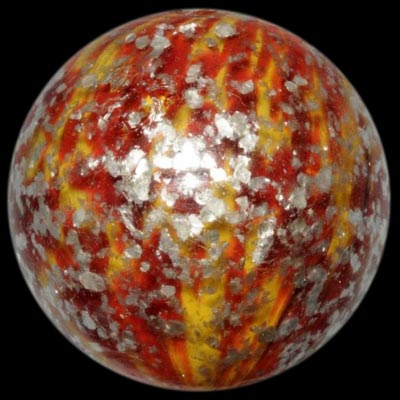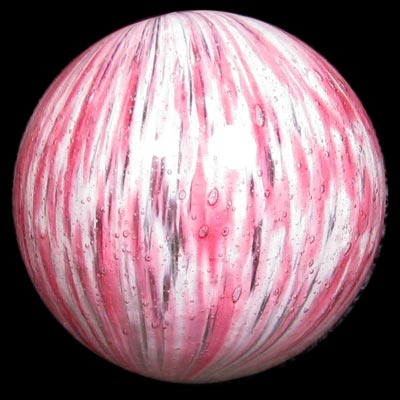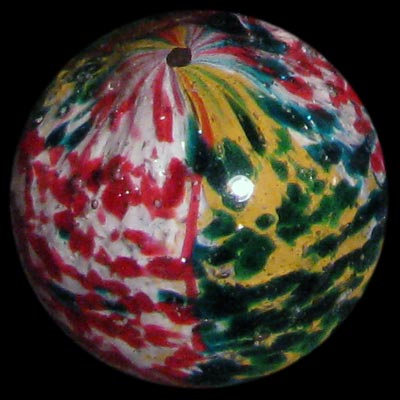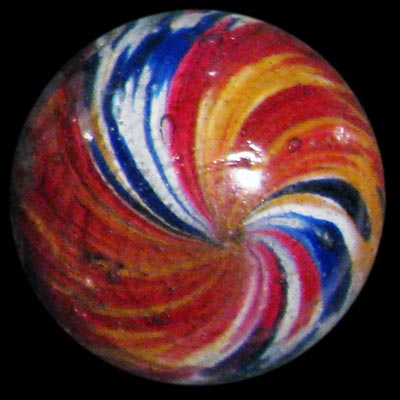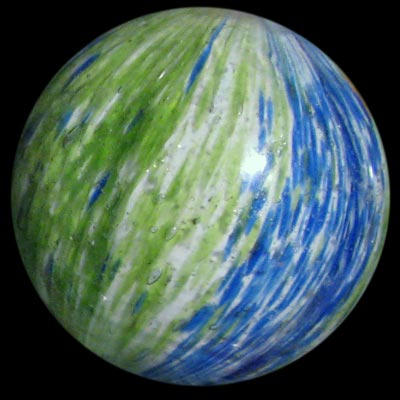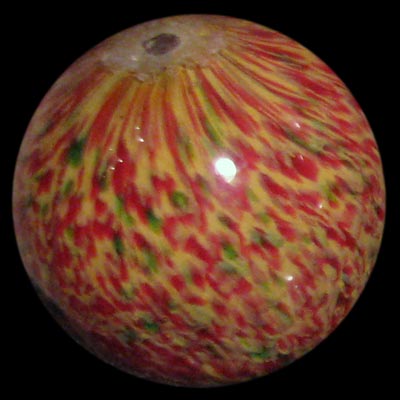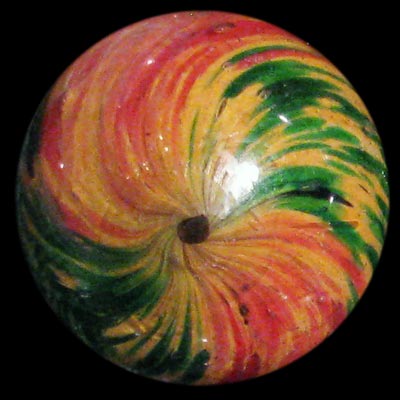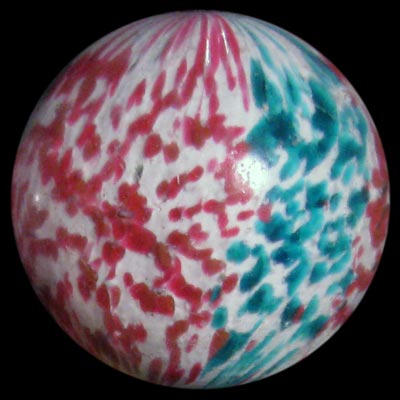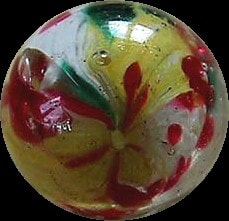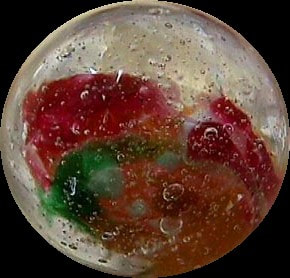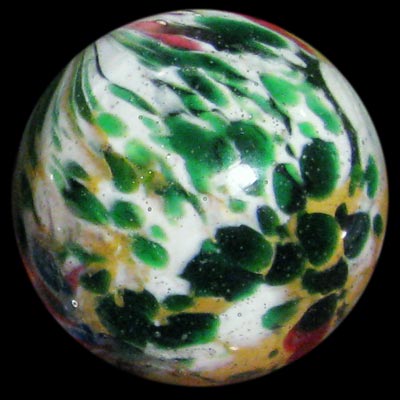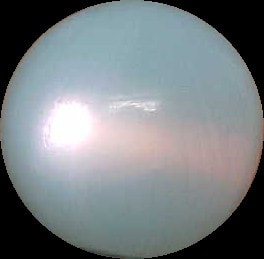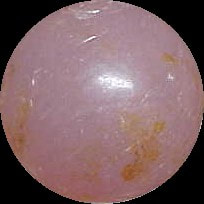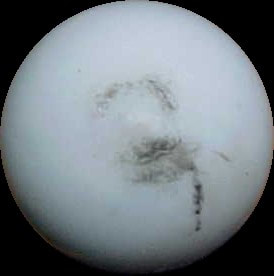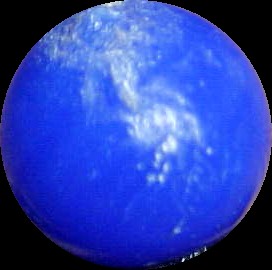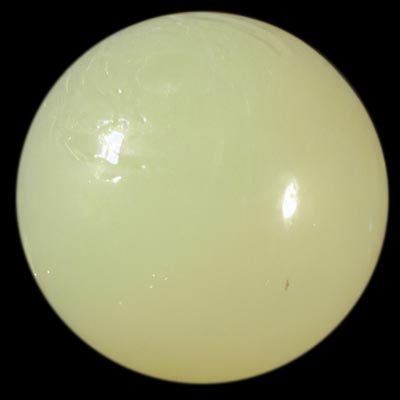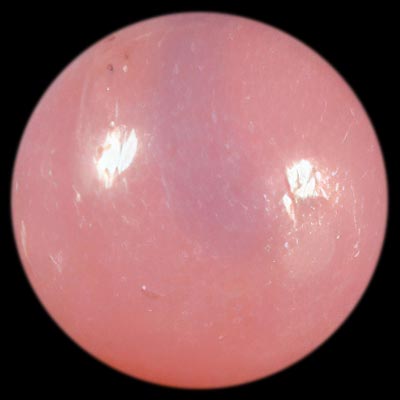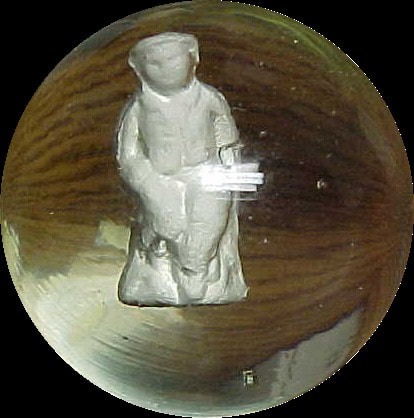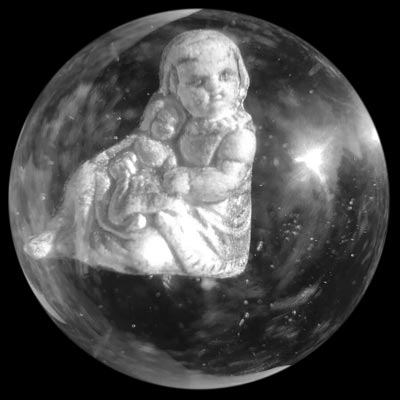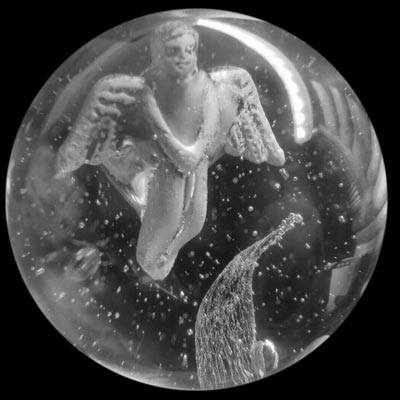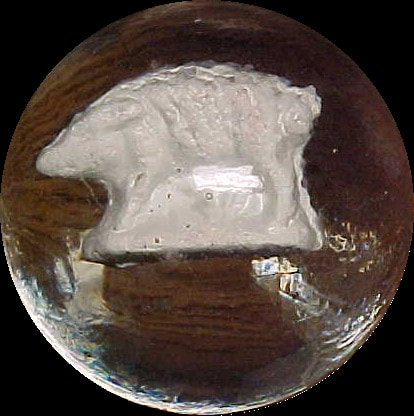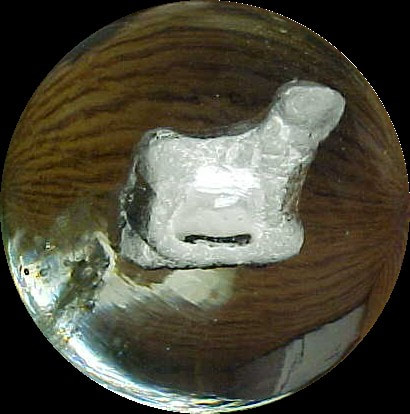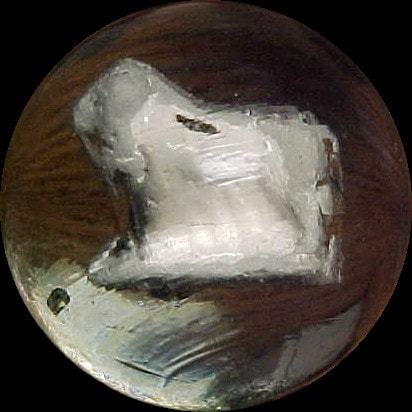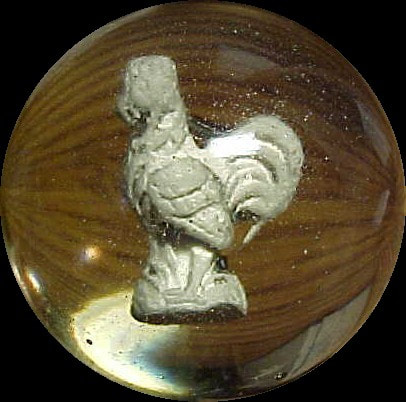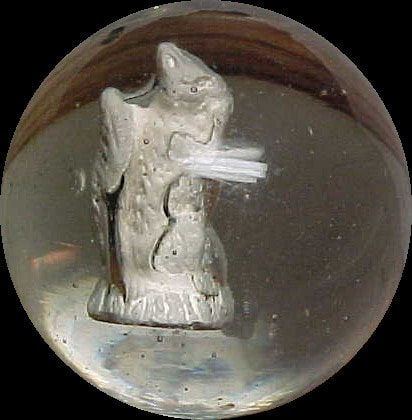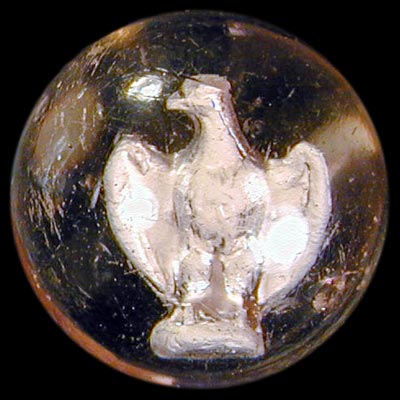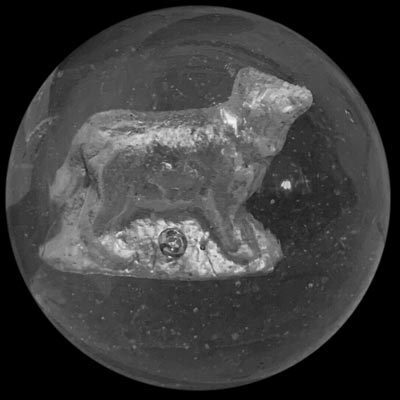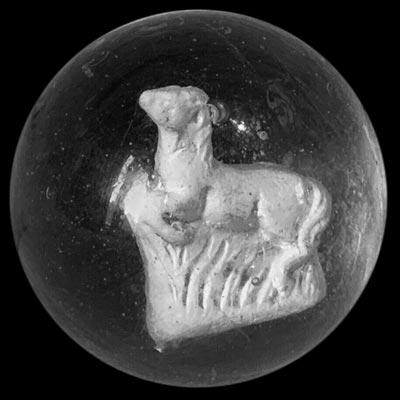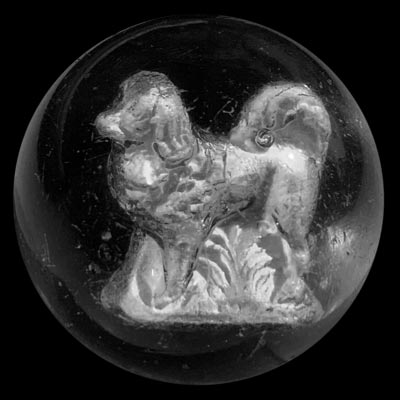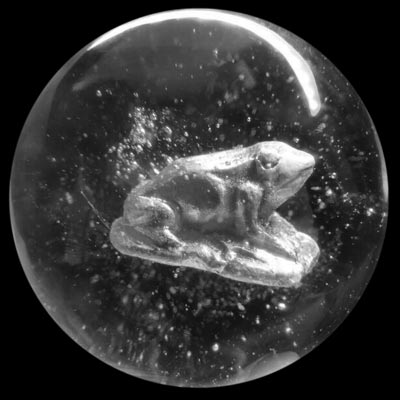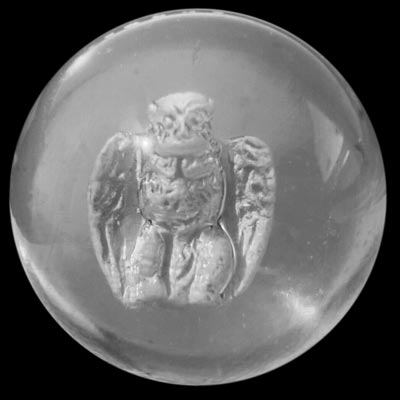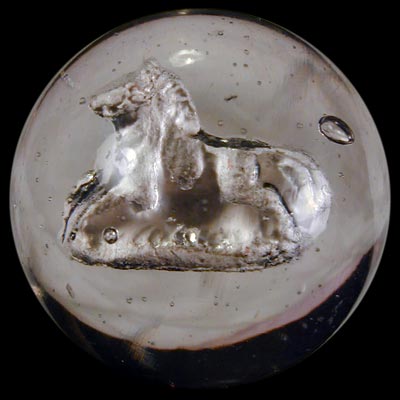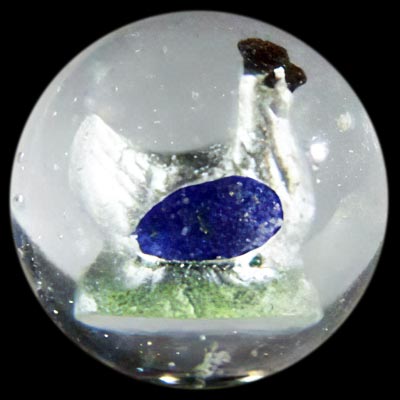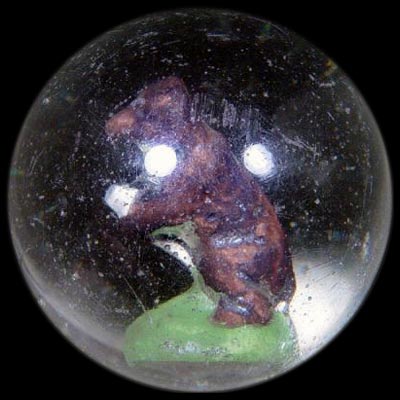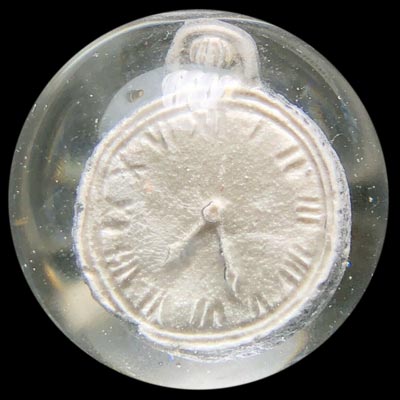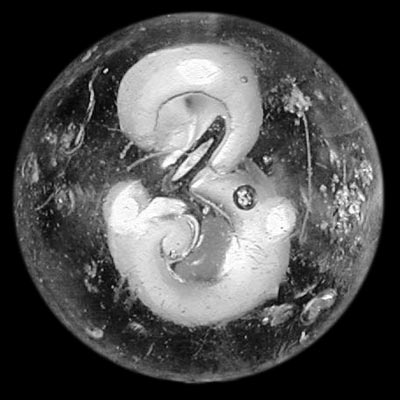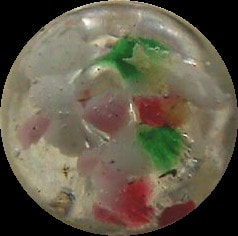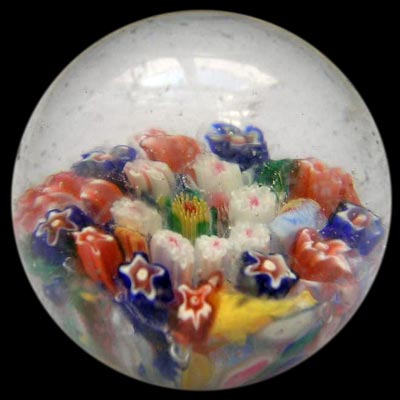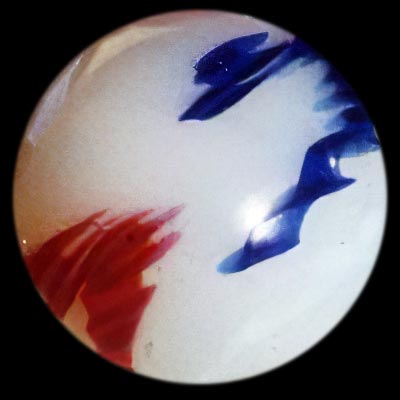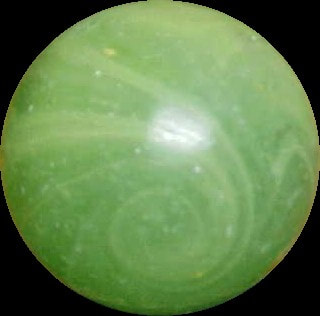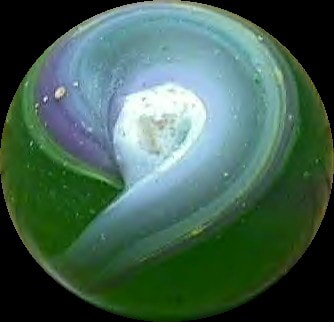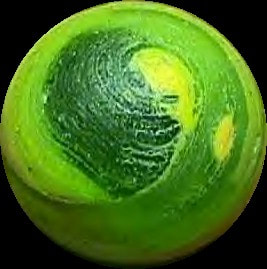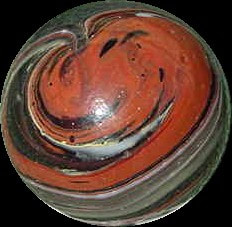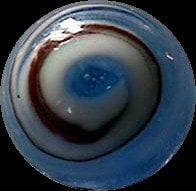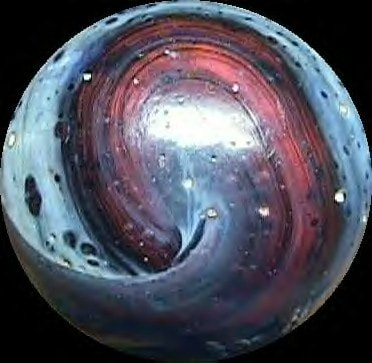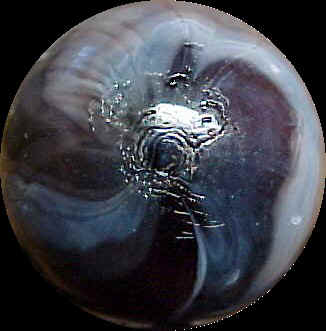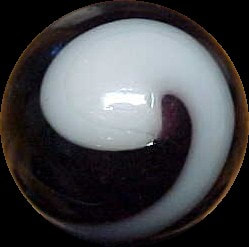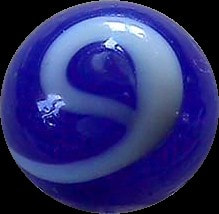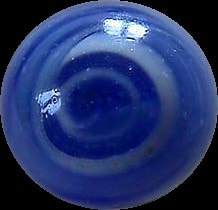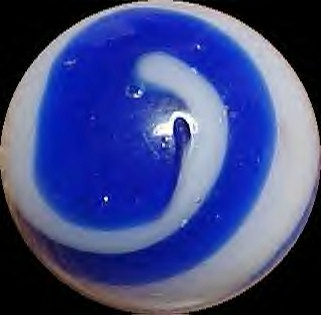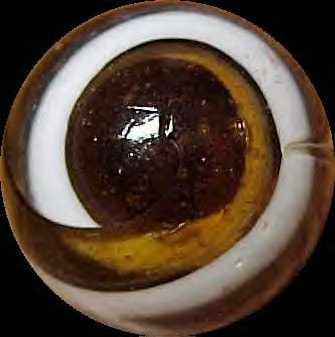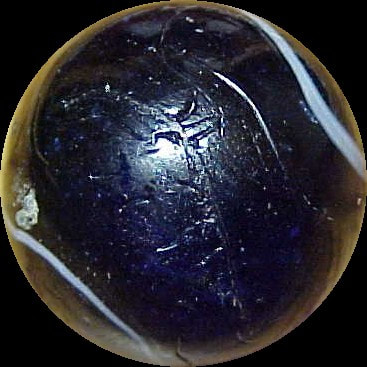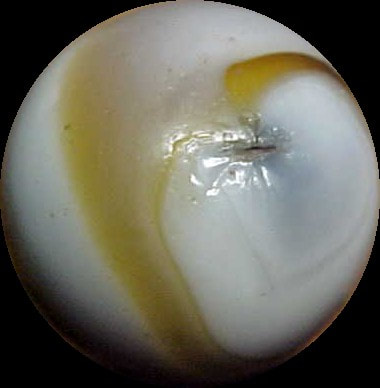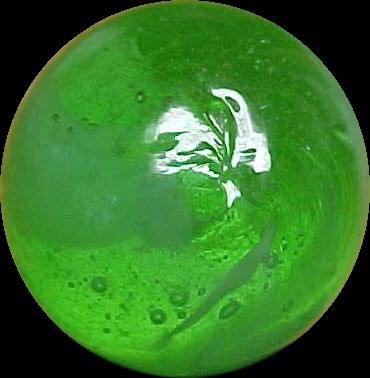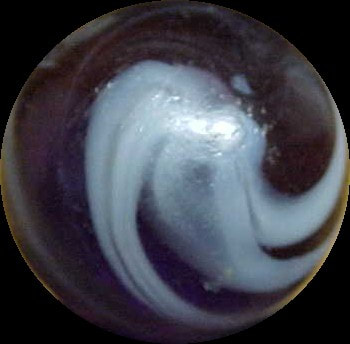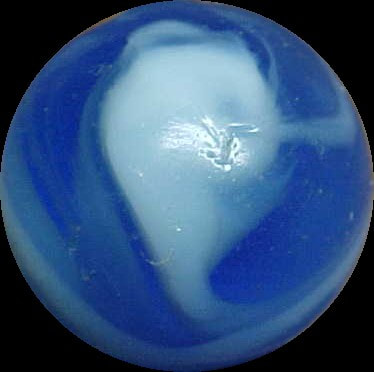hand made GLASS marbles
Hand made glass marbles were invented in Lauscha, Germany, in the late 1840s. They were produced until the early part of the twentieth century, when World War I and the invention of marble producing machinery in America effectively ended the hand made marble industry. For a much more thorough description of the history of hand made glass marbles, please visit my History of Glass Making in Lauscha Germany page.
Jump to a section by clicking a link below
SECTION I - TRANSPARENT SWIRLS
SECTION II - OPAQUE & TRANSLUCENT SWIRLS
SECTION III - ONIONSKINS & CLOUDS
SECTION IV - SOLID COLOR MARBLES
SECTION V - SULPHIDES
SECTION VI - PAPERWEIGHT MARBLES
SECTION VII - SLAGS/TRANSITIONALS
SECTION I - TRANSPARENT SWIRLS
SECTION II - OPAQUE & TRANSLUCENT SWIRLS
SECTION III - ONIONSKINS & CLOUDS
SECTION IV - SOLID COLOR MARBLES
SECTION V - SULPHIDES
SECTION VI - PAPERWEIGHT MARBLES
SECTION VII - SLAGS/TRANSITIONALS
SECTION I - TRANSPARENT SWIRLS
Transparent Swirls can be found in size from 7/16" to well over two inches, though some are more restricted in their size range. The most common size is 9/16"-11/16". Several factors can increase the collectibility and the value of Transparent Swirls. Naked examples, along with those possessing three levels, are rarer and therefore more collectible. Examples with a left-hand twist are also more highly prized but often go undetected; these marbles have a twist to their design that goes to the right of the viewer, rather than to the left as is much more common.
Another factor that may positively affect the value of a Transparent Swirl is if it is from the end or beginning of the cane. End-of-cane examples have a design that terminates somewhere inside the marble without reaching the other side; since they are the last marble off the cane there will only be one pontil, and it is from this that the design originates. These are rare because most marbles from the end of the cane were mis-shaped or just not very pleasing to the maker, and were rejected. Beginning-of-cane examples are harder to recognize but have a design that seems to come out of one end of the marble.
LATTICINIO SWIRLS
Latticinio Swirls possess cores comprised of colored strands that are usually twisted into a lattice-shaped appearance. Sometimes there is little twist to the marble and the strands will be rather straight. Now and then the strands will be divided, typically into three different sets. The color of the core is white, yellow, orange, red, green, and blue, in increasing order of rarity. On rare occasions there will be two colors in the core, and usually these colors alternate. The colors are typically opaque, though translucent strands do occur, especially in white examples.
The base glass is almost always clear and colorless, though tinted glass is found infrequently in shades of blue, green, or even amber. Some Latticinio Swirls are "naked," that is, lacking an outer design. However, most have such an outer layer and this almost always consists of either single colored strands or multicolored bands. The bands are most often of two different color schemes, alternating with one another (four and six bands are the rule though exceptions can occur), while the strands occur in sets, usually four, and may have two to five or more strands in each set. The strands may be all of one color, alternate within the set, or be in sets of alternating colors. The most common colors on the outer design are white and yellow, followed by green, blue, pink, orange, red, and purple, and may be either transparent or opaque.
Latticinio Swirls are the most common type of hand made glass marble. Compared to most other handmade marbles, Latticinio Swirls have little value, though there are several factors that can increase their value, other than large size and/or rarity of colors (especially core color). One is whether or not there are alternating colors in the core, and another is the appearance of the core itself, specifically how well defined the lattice is.
Transparent Swirls can be found in size from 7/16" to well over two inches, though some are more restricted in their size range. The most common size is 9/16"-11/16". Several factors can increase the collectibility and the value of Transparent Swirls. Naked examples, along with those possessing three levels, are rarer and therefore more collectible. Examples with a left-hand twist are also more highly prized but often go undetected; these marbles have a twist to their design that goes to the right of the viewer, rather than to the left as is much more common.
Another factor that may positively affect the value of a Transparent Swirl is if it is from the end or beginning of the cane. End-of-cane examples have a design that terminates somewhere inside the marble without reaching the other side; since they are the last marble off the cane there will only be one pontil, and it is from this that the design originates. These are rare because most marbles from the end of the cane were mis-shaped or just not very pleasing to the maker, and were rejected. Beginning-of-cane examples are harder to recognize but have a design that seems to come out of one end of the marble.
LATTICINIO SWIRLS
Latticinio Swirls possess cores comprised of colored strands that are usually twisted into a lattice-shaped appearance. Sometimes there is little twist to the marble and the strands will be rather straight. Now and then the strands will be divided, typically into three different sets. The color of the core is white, yellow, orange, red, green, and blue, in increasing order of rarity. On rare occasions there will be two colors in the core, and usually these colors alternate. The colors are typically opaque, though translucent strands do occur, especially in white examples.
The base glass is almost always clear and colorless, though tinted glass is found infrequently in shades of blue, green, or even amber. Some Latticinio Swirls are "naked," that is, lacking an outer design. However, most have such an outer layer and this almost always consists of either single colored strands or multicolored bands. The bands are most often of two different color schemes, alternating with one another (four and six bands are the rule though exceptions can occur), while the strands occur in sets, usually four, and may have two to five or more strands in each set. The strands may be all of one color, alternate within the set, or be in sets of alternating colors. The most common colors on the outer design are white and yellow, followed by green, blue, pink, orange, red, and purple, and may be either transparent or opaque.
Latticinio Swirls are the most common type of hand made glass marble. Compared to most other handmade marbles, Latticinio Swirls have little value, though there are several factors that can increase their value, other than large size and/or rarity of colors (especially core color). One is whether or not there are alternating colors in the core, and another is the appearance of the core itself, specifically how well defined the lattice is.
LATTICINIO SWIRLS GALLERY
(Hover your mouse or lightly touch the image to see the type of marble. Click to view the full size image)
(Hover your mouse or lightly touch the image to see the type of marble. Click to view the full size image)
SOLID CORE SWIRLS
Solid Core Swirls come in several different forms, though the one pervasive trait all have is that the core appears solid, with no or at the very most minor openings. Like Latticinio Swirls, the base glass is almost always colorless, though on rare occasions it may be colored. The core may be cylindrical or it may have lobes, and it may either be transparent or opaque. Single colored cores are usually cylindrical and are truly "solid," while multicolored cores are often comprised of tightly spaced bands. On the latter type, the bands may be situated in such a manner as to give the appearance of lobes if the core is observed from above. Solid colored cores often have strands on their surface, either straight or twisted around the core. Sometimes these strands "float" well above the core; in such cases the marble is considered "trilevel." The most common core colors are yellow and white when the core is solid colored; otherwise a wide variety of colored bands may comprise the core.
Like Latticinio Swirls, Solid Core Swirls almost always possess an outer design that most often consists of alternating colored bands or sets of typically white and/or yellow strands. When strands occur at equidistantly spaced intervals and are very close together all the way around the marble, the marble is considered "caged." "Naked" specimens lacking the outer layer are not uncommon.
Solid Core Swirls come in several different forms, though the one pervasive trait all have is that the core appears solid, with no or at the very most minor openings. Like Latticinio Swirls, the base glass is almost always colorless, though on rare occasions it may be colored. The core may be cylindrical or it may have lobes, and it may either be transparent or opaque. Single colored cores are usually cylindrical and are truly "solid," while multicolored cores are often comprised of tightly spaced bands. On the latter type, the bands may be situated in such a manner as to give the appearance of lobes if the core is observed from above. Solid colored cores often have strands on their surface, either straight or twisted around the core. Sometimes these strands "float" well above the core; in such cases the marble is considered "trilevel." The most common core colors are yellow and white when the core is solid colored; otherwise a wide variety of colored bands may comprise the core.
Like Latticinio Swirls, Solid Core Swirls almost always possess an outer design that most often consists of alternating colored bands or sets of typically white and/or yellow strands. When strands occur at equidistantly spaced intervals and are very close together all the way around the marble, the marble is considered "caged." "Naked" specimens lacking the outer layer are not uncommon.
SOLID CORE SWIRLS GALLERY
(Hover your mouse or lightly touch the image to see the type of marble. Click to view the full size image)
(Hover your mouse or lightly touch the image to see the type of marble. Click to view the full size image)

